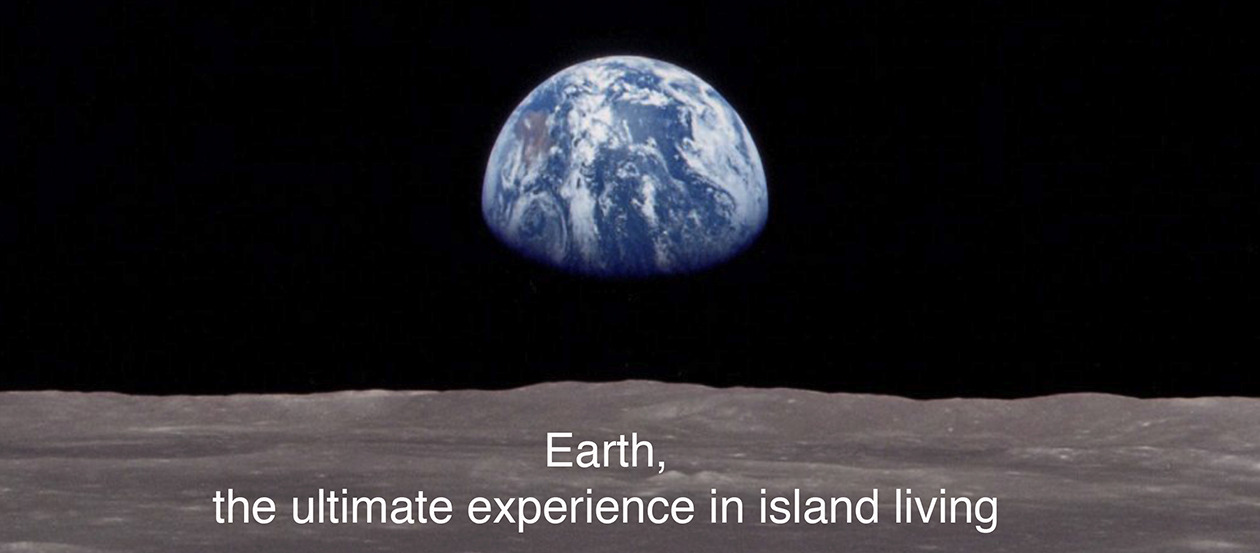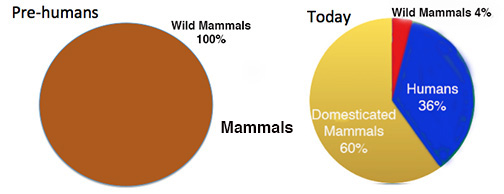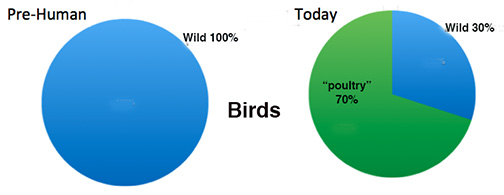David Attenborough said that “human beings are good at many things, but thinking of our species as a whole is not one of our strong points.” Unfortunately his statement appears to be quite true. I live on the west coast of Florida, but I seldom consider the daily life of people in Iowa, Kenya, Paraguay, or even Miami.
The estimated growth rate for Florida is 831 people per day1. Most of the time, that is just a number. It is not until I see the data estimates for the local area (my county is expected to grow by 50%, to a population of 550,800 by 20452) that I really take time to think about the implications of population growth. Where is everybody going to live, shop, work and go to school. How many more houses, roads and cars will there be? How many trees will be cut down to make space available?
Then I start to wonder/worry about the collective and cumulative impacts of global population growth in relationship to the availability of natural resources that make up the life support system we depend upon and that forms the foundation of all of our economies. Do we consider natural resources solely as a commodity that we can use and deplete as we wish or do we consider the environment as an ally in our mutual survival? Or worse, do we not think about it at all?
Three recent studies have really clarified the scale of our species impact on the planet and should trigger serious reflection about the implications of our actions relative to our future viability. These articles show that we no longer live in the world of nature. Instead, we have created and moved into the Anthropocene; an act for which we must accept the responsibility that we currently refuse and ignore.
The most recent publication is “Global human-made mass exceeds all living biomass”3,4 by Emily Elhacham, Liad Ben-Uri, Jonathan Grozovski, Yinon M. Bar-on and Ron Milo. According to their work, we are in the transition period when the weight of all the human-made mass (the weight of all buildings, roads, etc.) will cross the line and exceed the total weight of all living organisms on the planet. We are doubling the weight of human-made mass every 20 years. We have gone from human-made mass being 3% of the world’s biomass in 1900 to our stuff weighing 1.1 trillion metric ton (dry weight) or being 50% of the world’s biomass today.
The second article of note is “The biomass distribution on Earth”5,6 by Yinon M. Bar-Ona, Rob Phillips, and Ron Milo. Biomass is calculated by multiplying the population of a species/category by the average weight of the individuals of that species/category or Biomass = Population X Average Weight. This is a widely used measurement to help determine energy needs of a species as well as the relative role of a species in a particular ecosystem.
If we look at humans relative to all life on the planet, we are only 0.01% of the biomass, i.e., if all the world’s biomass was represented by a dollar, humans would be but a penny’s worth of biomass. However, we have caused a great deal of change in the make-up of the rest of the dollar. Below are two examples of the change we have caused; one dealing with mammals and one dealing with birds. Today, humans and their domesticated mammals make up 96% of the mammal biomass on the planet. Similarly, 70% of the bird biomass is now “poultry” or birds raised for human use and consumption.
And our consumptive impact does not end there. The Circularity Gap 2020 Report7,8 stated that world consumption of natural resources was over 110 billion tons in 2019 or more than 14.3 tons (13 metric tons) per person. In 2017, average CO2 emissions was 18.7 tons (17 metric tons) per person in the USA9, and our average water footprint* was 2056 gallons (7,786 liters) per person per day10 – that is 17,126 pounds of water per day or 3125 tons per year!
Do we really need over 3000 tons of support per year to keep ourselves healthy and functional?
How long can we punch this much above our weight and have a bountiful future for our children and a functional life support system for us on this planet?
It is time to heed, not just remember, the Cree Indian Prophecy: “When the last tree is cut down, the last fish eaten and the last stream poisoned, you will realize that you cannot eat money.”11
Nature is a systems-based cooperative enterprise that fosters a process of continuous improvement in the use and regeneration of resources. It is the antithesis of the Anthropocene.
Just because we are an inventive species that does not mean we are a responsible one. Fortunately we do have the capability to be both – if we so choose and hold ourselves accountable. The future will exist. Are we willing to be a part of it?
Tim
Work Cited
1. Florida Legislature’s Office of Economic and Demographic Research, Demographic Estimating Conference Executive Summary November 13, 2020,
http://edr.state.fl.us/content/conferences/population/demographicsummary.pdfPopulation Projections from 2020 to 2045 with 2017
2. Forecasting and Trends Office, Florida Department of Transportation, Florida Population Projections from 2020 to 2045 with 2017 Population Estimates, April 2019
https://fdotwww.blob.core.windows.net/sitefinity/docs/default-source/planning/demographic/2020-2045projections.pdf?sfvrsn=6aafe7c3_8
3. Elhacham, E., Ben-Uri, L., Grozovski, J. et al. Global human-made mass exceeds all living biomass. Nature 588, 442–444 (2020). https://doi.org/10.1038/s41586-020-3010-5
(This is the publication of record)
4. Pappas, Stephanie. Scientific American, Human-Made Stuff Now Outweighs All Life on Earth, December 9, 2020.
https://www.scientificamerican.com/article/human-made-stuff-now-outweighs-all-life-on-earth/
(This may be an easier to read summary of the aforementioned paper)
5. Yinon M. Bar-On, Rob Phillips, and Ron Milo, The biomass distribution on Earth, PNAS June 19, 2018 115 (25) 6506-6511
https://www.pnas.org/content/115/25/6506
(first published May 21, 2018; https://doi.org/10.1073/pnas.1711842115)
(this is the publication of record)
6. Carrigan, Damian. Mon 21 May 2018 15.00 EDT
Humans just 0.01% of all life but have destroyed 83% of wild mammals – study
The Guardian
https://www.theguardian.com/environment/2018/may/21/human-race-just-001-of-all-life-but-has-destroyed-over-80-of-wild-mammals-study
(This is a summary article of the aforementioned paper)
7. Circularity Gap Reporting Initiative, The Circular Gap Report, 2020
(https://www.circularity-gap.world/2020)
8.Hood, Marlowe, January 21, 2020, PHYS.org, Global resource consumption tops 100 bn tonnes for first time.
https://phys.org/news/2020-01-global-resource-consumption-tops-bn.html
(This is an article about the report)
9.Our World in Data, CO2 Emissions.
https://ourworldindata.org/co2-emissions
10. Water Footprint Network, National Water Footprint
https://waterfootprint.org/en/water-footprint/national-water-footprint/
11. Townsend, Janet. Aug. 17, 1995, Opinion – The Last Tree, – The New York Times,
* The water footprint is the amount of water used to produce all the energy, food, goods and products we buy and use as well as the water needed to assimilate pollutants to meet water quality and safety standards.


